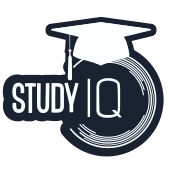Reasoning Ability plays a major role in the IBPS RRB PO 2025 prelims. Topics like puzzles, seating arrangement, syllogism, inequalities, direction-sense, coding-decoding, and series test a candidate’s speed and logical accuracy. Regular practice of quality questions is the key to scoring high.
To help your prepare better, here are 50+ important reasoning questions curated for the upcoming exam.
Why Reasoning Questions Matter in IBPS RRB PO 2025
Reasoning Ability is one of the highest-scoring sections in the IBPS RRB PO Prelims, where even a small improvement can significantly boost your overall score. The exam includes topics like puzzles, seating arrangement, inequality, coding-decoding, blood relation, direction sense, and more. Practicing quality reasoning questions not only improves speed and accuracy but also strengthens your decision-making during the exam.
50+ Important Reasoning Question for IBPS RRB PO 2025 Exam
Here are 50+ exam-focused reasoning questions designed to strengthen your speed and accuracy for IBPS RRB PO 2025.
Direction (1-5): Study the following information carefully and answer the question given below:
Eight persons M, N, O, V, W, X, Y and Z attend Meetings on different months of the year viz. January, February, March and April, such that not more than two persons attend their Meetings in each of the months. Meetings can be held on either 10th or 11th day of the month. No two Meetings can be held on the same day.
W attend meeting in a month which has less than 30 days. Only one person attend meeting between W and Z. O attends meeting in March. M attend meeting on even day of a month having 30 days. Equal Number of meetings are between Z and X as there between Z and V. Y attend meeting immediate before X.
Q1. M attends his Meeting on which of the following
dates?
(a) 10th March
(b) 11th April
(c) 10th April
(d) 10th January
(e) None of these
Q2. Which of the following persons attends his Meeting on 11th January?
(a) W
(b) N
(c) M
(d) X
(e) None of these
Q3. How many persons attend the Meeting after W?
(a) 5
(b) 4
(c) 6
(d) 3
(e) None of these
Q4. Who among the following persons attends the Meeting on 10th March?
(a) W
(b) M
(c) V
(d) Z
(e) None of these
Q5. How many persons attended Meeting after V?
(a) 5
(b) 4
(c) 7
(d) No one
(e) None of these
Directions (6-10): Study the following information carefully and answer the questions given below-
Eight persons P, Q, R, S, T, U, V and W. They live on a separate floor each of an eight-floor building but not necessarily in the same order. The ground floor is numbered 1 and so on until the topmost floor is numbered 8.
U lives in an odd numbered floor. Four persons live between T and S who lives one of the floors below the floor on which U lives but not immediate below. R lives on the floor numbered which is multiple of 2 but not on 6th floor. V lives on an even numbered floor. More than two persons live between V and S. Q lives immediate above the floor on which W lives. R does not live below U. P lives on an odd numbered floor below T.
Q6. Who lives on the floor just above V?
(a) U
(b) P
(c) No one
(d) R
(e) T
Q7. How many persons live between S and V?
(a) None
(b) One
(c) Five
(d) Three
(e) Four
Q8. Which of the following pairs live on the first floor and the topmost floor respectively?
(a) R, Q
(b) P, R
(c) U, V
(d) S, P
(e) V, R
Q9. Who among the following lives on the fourth floor?
(a) Q
(b) S
(c) P
(d) T
(e) V
Q10. Which of the following combination is true?
(a) First floor-S
(b) Fourth floor-T
(c) Third floor-W
(d) Sixth floor- R
(e) Second floor- P
Directions (11-13): Study the following information carefully and answer the given questions.
Amongst five persons, P, R, S, T and U, each has different weight. P’s weight is more than R and T. S weight is less than U. Only two persons weight is more than P whose weight is 65kg. Youngest person weight is 55kg.
Q11. Who among the following is youngest person?
(a) U
(b) R
(c) S
(d) T
(e) Can’t be determined
Q12. If U’s weight is 70kg, then what may be the weight of S?
(a) 63
(b) 64
(c) 68
(d) 72
(e) None of these
Q13. How many persons are heavier than R?
(a) One
(b) Two
(c) Three
(d) None
(e) Can’t be determined
Direction (14-15): Study the following information carefully and answer the given questions:
Five persons A, B, C, D and E travel in a car, each of them has different weight. More than two persons are lighter than D. B is heavier than A but lighter than E. No one lighter than C. D is not the heaviest person.
Q14. Who among the following is heaviest person?
(a) C
(b) D
(c) E
(d) A
(e) B
Q15. If weight of third lightest person is 58kg, what is possible weight of A?
(a) 60kg
(b) 75kg
(c) 62kg
(d) 55kg
(e) 70kg
Directions (16-17): Read the following information carefully and answer the question which follows:
IF ‘A × B’ means ‘A is son of B’
IF ‘A + B’ means ‘A is daughter of B’
IF ‘A ÷ B’ means ‘A is wife of B’
IF ‘A – B’ means ‘A is Father of B’
Q16. What will come in the place of the question mark, to establish that M is mother of J in the expression?
‘J + K – L ? M’
(a) +
(b) ×
(c) –
(d) ÷
(e) Either (a) or (b)
Q17. Which of the following relations are true based upon the relations given in the question?
J ÷ K × L – M + N’?
(a) K is brother of N
(b) J is daughter-in-law of M
(c) J is daughter-in-law of N
(d) N is daughter of L
(e) None is true
Directions (18-20): Study the following information carefully and answer the questions which follow–
‘P – Q’ means ‘P is father of Q’
‘P ÷ Q’ means ‘P is sister of Q’
‘P × Q’ means ‘P is mother of Q’
‘P + Q’ means ‘P is brother of Q’
Q18. Which of the following means ‘A is nephew of B’?
(a) A + C – B × K
(b) B ÷ H – A + D
(c) B ÷ G – A ÷ R
(d) B + T × A ÷ E
(e) None of these
Q19. Which of the following means ‘P is grandfather of J’?
(a) J ÷ W – U – P
(b) P × G + J ÷ A
(c) P – B ÷ J ÷ R
(d) P – T – J ÷ S
(e) None of these
Q20. How is R related to B in the expression ‘B ÷ C – S +R’?
(a) aunt
(b) niece
(c) nephew
(d) None of these
(e) Cannot be determined
Directions (21-25): Study the information and answer the given questions:
Eight persons P, Q, R, S, T, U, V and W are sitting in row. Some of them facing north and some of them facing south but not necessary in same order. Not more than two adjacent persons face same direction.
V faces north. T sits third to the right of R who sits one of the extreme ends. S sits third to the right of T. P and Q faces same direction. The persons who are sitting at extreme ends face opposite direction to each other’s. Q sits immediate left of W. One person sit between P and W. P sits left of T. U sits left of S. U is not immediate neighbor of R. V face opposite direction to Q.
Q21. Who among the following person sits immediate left of V?
(a) R
(b) S
(c) T
(d) P
(e) W
Q22. How many persons sit between W and V?
(a) Two
(b) One
(c) None
(d) Three
(e) Four
Q23. Four of the following five are alike in certain way based from a group, find the one that does not belong to that group?
(a) Q
(b) V
(c) P
(d) T
(e) R
Q24. How many persons face south direction?
(a) Two
(b) One
(c) None
(d) Three
(e) Four
Q25. Who among the following person sits 2 nd to the left of Q?
(a) W
(b) P
(c) U
(d) R
(e) T
Directions (26-30): Study the information carefully and answer the questions given below.
Nine persons P, Q, R, S, T, U, V, W and X are sitting in a circle but not necessary in same order. All of them face inside.
R sits third to the right of P. Two persons sit between R and Q. U sits second to the right of X who is not immediate neighbor of P. Two persons sit between T and W. S is third to the left of V. S is not immediate neighbor of T and P who does not sit immediate right of V.
Q26. How many persons are sitting between S and P when counted from left of P?
(a) One
(b) Two
(c) Four
(d) Three
(e) None
Q27. Who among the following sits 4 th to right of W?
(a) V
(b) P
(c) S
(d) R
(e) None of these
Q28. How many persons sit between Q and X when counted right of Q?
(a) Two
(b) One
(c) Three
(d) More than three
(e) None
Q29. Who sits second to the right of U?
(a) W
(b) T
(c) V
(d) P
(e) None of these
Q30. If W and T interchange their positions, then who sits second to the right of W ?
(a) S
(b) P
(c) R
(d) T
(e) None of these
Directions (31-35): Study the information given below and answer the given questions.
There are seven persons A, B, C, D, E, F and G live on seven floors building, but not necessarily in the same order. Only one person lives on each floor. All of them like different colors i.e., red, orange, purple, black, white, silver and grey, but not necessarily in the same order.
D lives on an odd number floor above the floor number 3. There are two floors between the floor on which D lives and the floor of the one who like silver color. E lives on an even number floor and lives immediately below F. The person who lives on topmost floor likes black color and he is not F. D does not like Orange and white color. There are two floors between the floor of the one who like Orange and the one who like grey color and neither of them lives on bottom most floor. G likes red color and lives below B who live on an even number floor below the floor number 6. F lives on an odd number floor below 5th floor. There is one floor gap between the floors on which D and C live. Neither C nor D likes orange and grey color. E does not like white and purple. A does not like grey color.
Q31. Which colour is liked by the person who live on the 7th floor?
(a) Red
(b) White
(c) Orange
(d) Silver
(e) Black
Q32. How many persons live between the one who likes orange color and the one who lives on 4th floor?
(a) None
(b) One
(c) Two
(d) Three
(e) More than three
Q33. Who lives on the 2nd floor?
(a) The one who has white color
(b) B
(c) A
(d) The one who like silver color
(e) C
Q34. Four of the following five are alike in a certain way and hence they form a group. Which one of the following does not belong to that group?
(a) Red
(b) Black
(c) Purple
(d) Silver
(e) Grey
Q35. Which of the following color does F like?
(a) White
(b) Red
(c) Purple
(d) Grey
(e) Black
Direction (36-40): Read the following information carefully and answer the given questions:
Seven boxes contain different food items- Cake, Fries, Pizza, Shake, Burger, Pasta and Sandwich are kept above the other, but not necessary in the same order. More than three boxes are placed in between box of Pizza and Fries. There are two boxes are placed in between Box B and G which contain Sandwich. Box which contains Fries is placed below box of Pizza. Box E is immediately above the box which have Pasta.
More than three boxes are placed in between box which contain Pasta and box of Pizza. Box F is immediately below the box of Burger. Shake is contained in box C. Pizza is not packed in box D. The box which contains Fries is immediately above Box A.
Q36. How many boxes are placed in between Box D and the box which contain fries?
(a) Two
(b) One
(c) More than three
(d) Three
(e) None
Q37. Which of the following box contain pizza?
(a) C
(b) F
(c) B
(d) E
(e) A
Q38. Which of the following box is placed just above the box which contain shake?
(a) G
(b) E
(c) A
(d) D
(e) F
Q39. Which of the following food item is packed in box A?
(a) Fries
(b) Pasta
(c) Burger
(d) Pizza
(e) None of these
Q40. How many boxes are placed below the Box C?
(a) None
(b) Two
(c) Three
(d) One
(e) Four
Direction (41-45): Study the following information carefully and answer the questions given below:
Eight persons sit around a circular table. They all have done their tests for COVID 19. Some of them are found positive and some of them are found negative. Persons who are positive face outside the center of the table and the ones who are found negative face towards the center of the table.
A sits third to the right of G who is found negative. Only two persons sit between G and F. One of the immediate neighbors of G is H. S sits second to the right of H. D sits third to the right of S who is found positive. Both the immediate neighbors of F are found negative. F faces the same direction as H. V who is not an immediate neighbor of A sits third to the right of H. L and A face opposite direction as V.
Q41. Who among the following person sits second to the right of L?
(a) G
(b) F
(c) V
(d) A
(e) None of these
Q42. How many persons sit between the D and V when counted from left of V?
(a) Three
(b) One
(c) Two
(d) None
(e) More than three
Q43. Which of the following statement is true?
(a) V is found positive
(b) S is found negative
(c) D is immediate neighbor of V
(d) G faces outside the center
(e) A faces same direction as F
Q44. Four of the following five are alike in a certain way and hence form a group which of the following does not
belong to the group?
(a) F
(b) A
(c) G
(d)L
(e) H
Q45. How many persons are found negative in the test?
(a) Two
(b) Three
(c) Four
(d) Five
(e) Six
Directions (46-50): Study the information and answer the following questions:
Eight persons K, L, M, N, O, P, Q and R sitting in a row. Some of them are facing north while some are facing south. N and M sits 5 th to the right of each another but none of them sits at an extreme end. L and K sits third to the left of each another but none of them sits at an extreme end. Q sits third to the right of N.
P sits second to the right of L. R sits third to the left of P. K sits second to the left of O. Both the person sitting at extreme ends faces opposite direction to each other. R sits to the left of L and both of them are facing opposite direction to each other. Q does not face south direction. Not more than two persons sitting together face same direction.
Q46. Who among the following sits third to the right of R?
(a) Q
(b) K
(c) M
(d) N
(e) None of these
Q47. Which among the following pair sit at the end of the row?
(a) Q, L
(b) R, K
(c) O, P
(d) L, R
(e) None of these
Q48. How many persons sits to the right of K?
(a) Two
(b) More than Three
(c) Three
(d) One
(e) None of these
Q49. Who among the following sits second to the right of Q?
(a) L
(b) N
(c) M
(d) O
(e) None of these
Q50. Four of the following are alike in a certain way so form a group, which of the following does not belong to that group?
(a) K
(b) N
(c) R
(d) O
(e) P
| Answers | |||||||||
| 01 | 02 | 03 | 04 | 05 | 06 | 07 | 08 | 09 | 10 |
| C | D | A | D | D | E | D | B | A | C |
| 11 | 12 | 13 | 14 | 15 | 16 | 17 | 18 | 19 | 20 |
| E | C | E | C | D | E | C | B | D | E |
| 21 | 22 | 23 | 24 | 25 | 26 | 27 | 28 | 29 | 30 |
| D | A | B | E | E | A | D | D | E | A |
| 31 | 32 | 33 | 34 | 35 | 36 | 37 | 38 | 39 | 40 |
| E | B | D | D | D | D | C | A | B | B |
| 41 | 42 | 43 | 44 | 45 | 46 | 47 | 48 | 49 | 50 |
| A | B | E | C | B | C | C | A | A | E |
How to Use These Questions
These 50+ reasoning questions are meant to help you practice exactly the type of logic, pattern recognition and time-bound decision making needed in the IBPS RRB PO exam. Instead of solving them randomly, follow a structured approach so that every set genuinely boosts your accuracy and confidence.
Follow this approach for best results:
- Solve each question with a timer to build speed
- Focus on understanding the logic behind every answer.
- Mark difficult questions and revise them again later.
- Compare your method with the explanation to learn faster.
- Track your accuracy to identify weak areas
| Related Posts | ||
| IBPS RRB PO Syllabus | IBPS RRB PO Salary | |
| IBPS RRB Previous Year Papers | IBPS RRB PO Cut Off | |

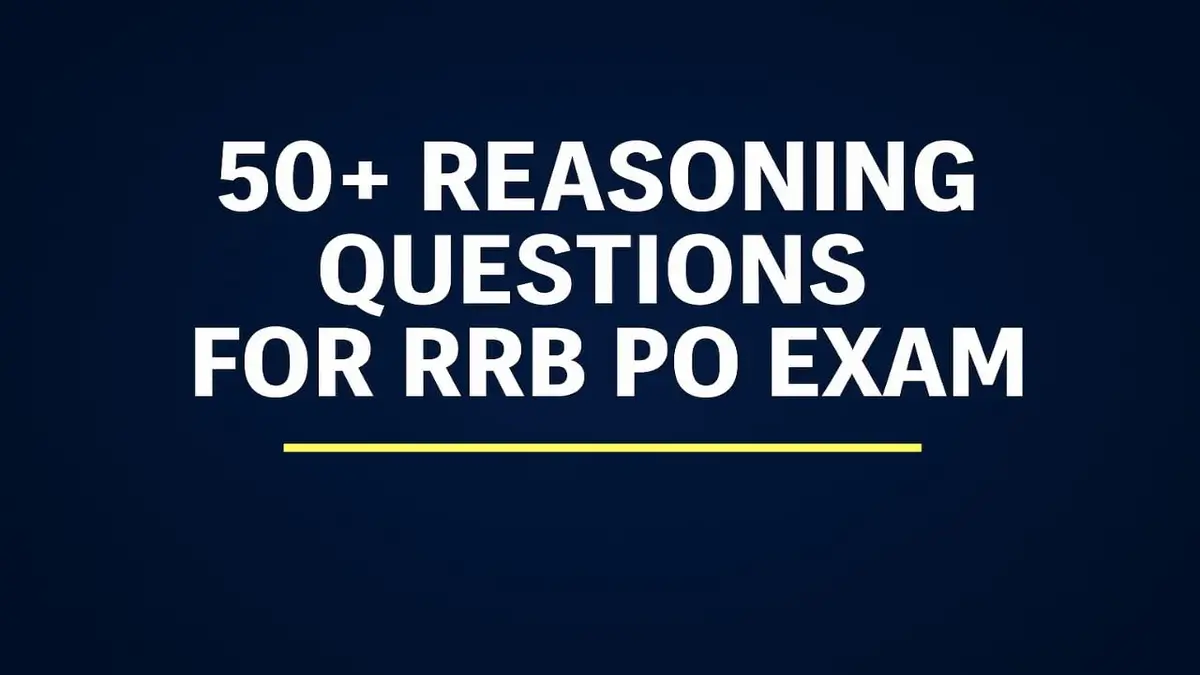

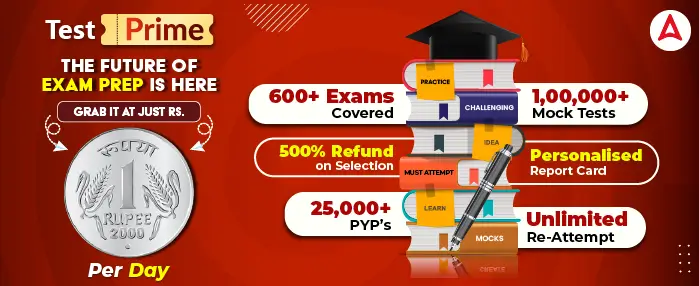
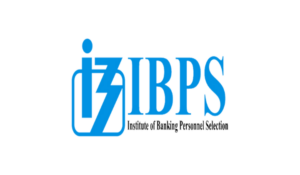 IBPS RRB PO Mains Admit Card 2025 Out at...
IBPS RRB PO Mains Admit Card 2025 Out at...
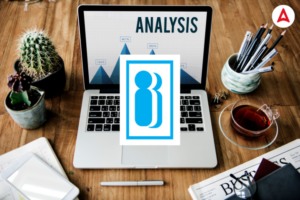 CAIIB Elective Paper Exam Analysis 2025,...
CAIIB Elective Paper Exam Analysis 2025,...
 IOCL Non Executive Personnel Recruitment...
IOCL Non Executive Personnel Recruitment...






